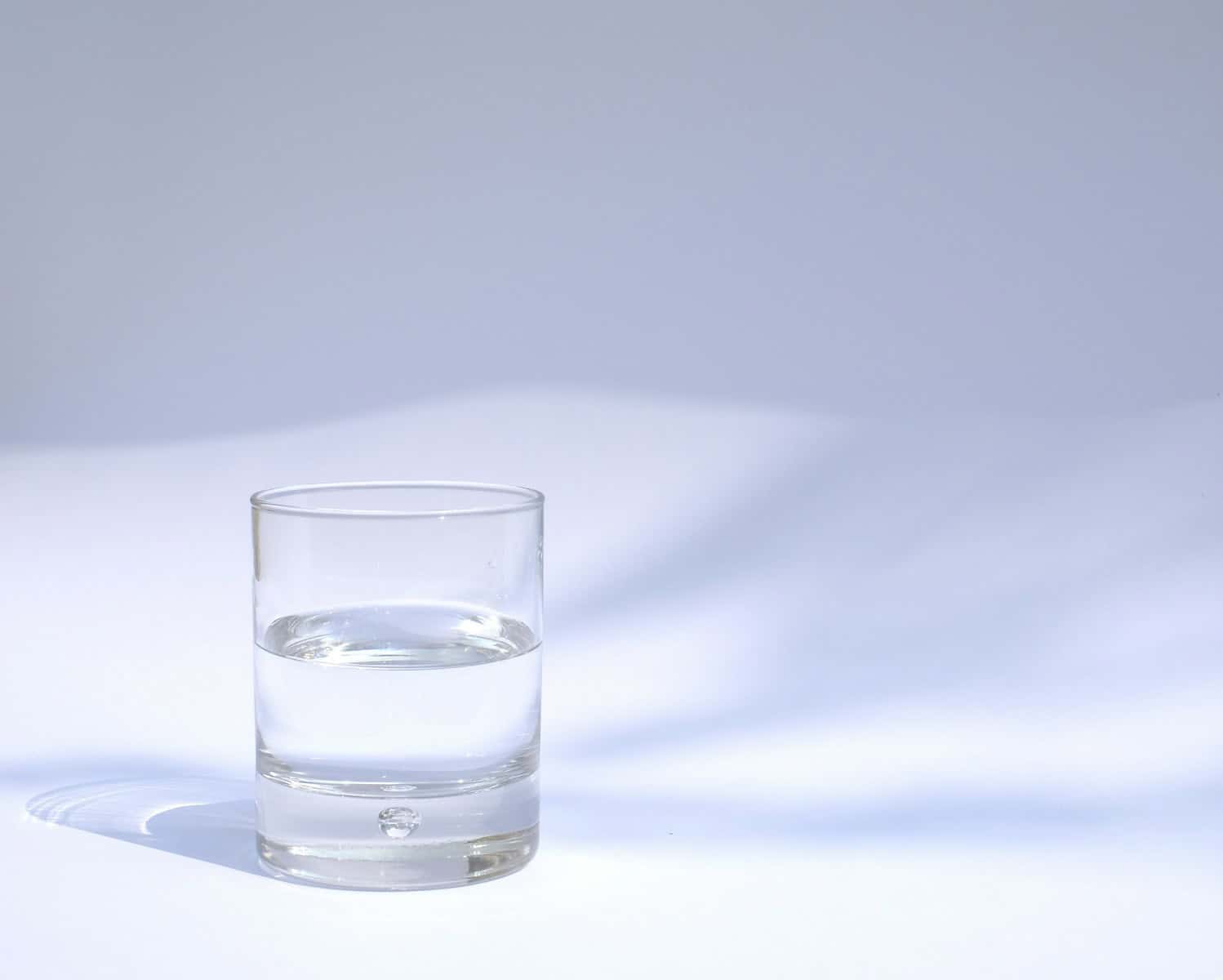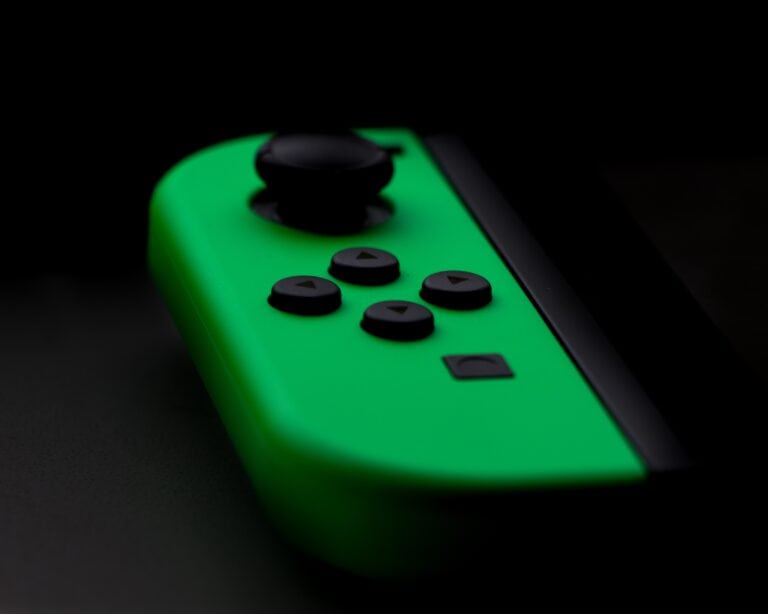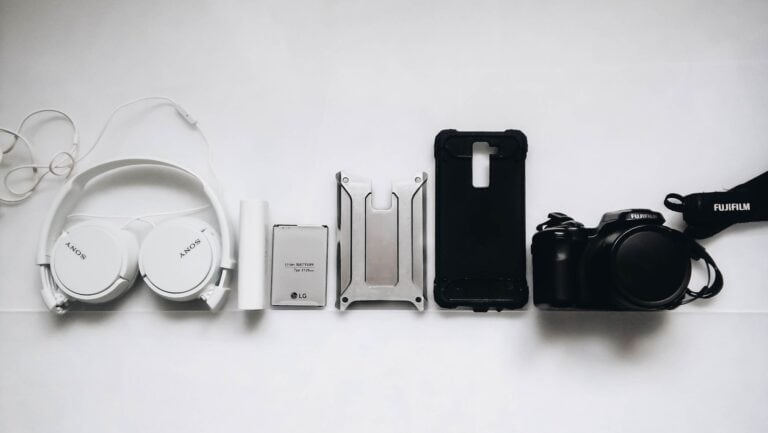Water at room temperature is a common concept but often not well understood. Room temperature water is typically around 68°F to 72°F (20°C to 22°C). This temperature range can vary depending on the specific environment of the room, such as whether the room is in a cooler or warmer climate.
Understanding the properties of water at room temperature is important. It is neither too hot nor too cold, making it ideal for various daily activities. For instance, it is often preferred for drinking because it is more palatable and less of a shock to the body compared to very cold or very hot water.
Room temperature water also has unique characteristics that make it useful in many situations. It is the best for mixing substances as it is not thickened by cold or heat. People experiencing sinus and nasal issues can particularly benefit from drinking room temperature water as it helps in removing mucus from the respiratory tract.
Key Takeaways
- Room temperature water is typically around 68°F to 72°F (20°C to 22°C).
- It’s preferred for drinking and mixing substances.
- It helps clear mucus from the respiratory tract.
Properties and Characteristics of Water at Room Temperature
Water at room temperature demonstrates several unique properties. It is typically clear, tasteless, and essential for many biological processes. This section will explore its chemical and physical characteristics and compare it to water at different temperatures.
Chemical and Physical Properties
Water (H₂O) is a polar molecule formed by two hydrogen atoms and one oxygen atom. At room temperature (around 20-25°C or 68-77°F), it is a liquid. It has a neutral pH of 7, making it neither acidic nor alkaline.
Key traits include:
- Boiling point: 100°C (212°F) at 1 atmosphere pressure.
- Freezing point: 0°C (32°F).
- Density: Approximately 1 g/cm³.
These properties make it an excellent solvent. Many substances dissolve in water, earning it the nickname “universal solvent.” This characteristic is crucial for biological and chemical processes.
Comparison to Cold and Hot Water
Cold water, below room temperature, often feels denser and more refreshing. Its density increases slightly as temperature decreases until around 4°C. At this point, it starts forming ice, making it float due to its lower density than liquid water.
Hot water, above room temperature, heats up quickly and can change to steam at 100°C. As water temperature rises, it becomes less dense. Hot water dissolves solutes faster due to increased molecular activity.
For everyday use, tap water at room temperature is commonly used for drinking, cooking, and cleaning. Natural spring water, often touted for its purity, may also be used at various temperatures based on its source.
Frequently Asked Questions
This section addresses common queries about water at room temperature, including determining its temperature, comparing it to lukewarm water, and its role in baking.
How can I determine if water is at room temperature?
Water typically reaches room temperature when it is neither hot nor cold to the touch. It usually feels neutral. You can use a thermometer to verify this.
At what temperature does water qualify as lukewarm?
Lukewarm water generally falls between 98°F to 105°F (36.5°C to 40.5°C). It feels warm to the touch but not hot. This temperature is often used in cooking and baking.
How does the temperature of water compare to room temperature?
Room temperature water matches the temperature of the surrounding air. Standard room temperature is around 68°F to 72°F (20°C to 22°C).
What are the Celsius and Fahrenheit equivalents of room temperature water?
Room temperature water is typically between 68°F and 72°F (20°C to 22°C). This range is generally considered comfortable and neutral.
What is considered room temperature water when baking?
In baking, room temperature water ensures that ingredients blend well. It generally falls within the range of 68°F to 72°F (20°C to 22°C). This helps yeast and other ingredients activate correctly.
In what state does water exist at room temperature?
At room temperature, water exists in a liquid state. This is the most common and natural state for water under normal conditions.







